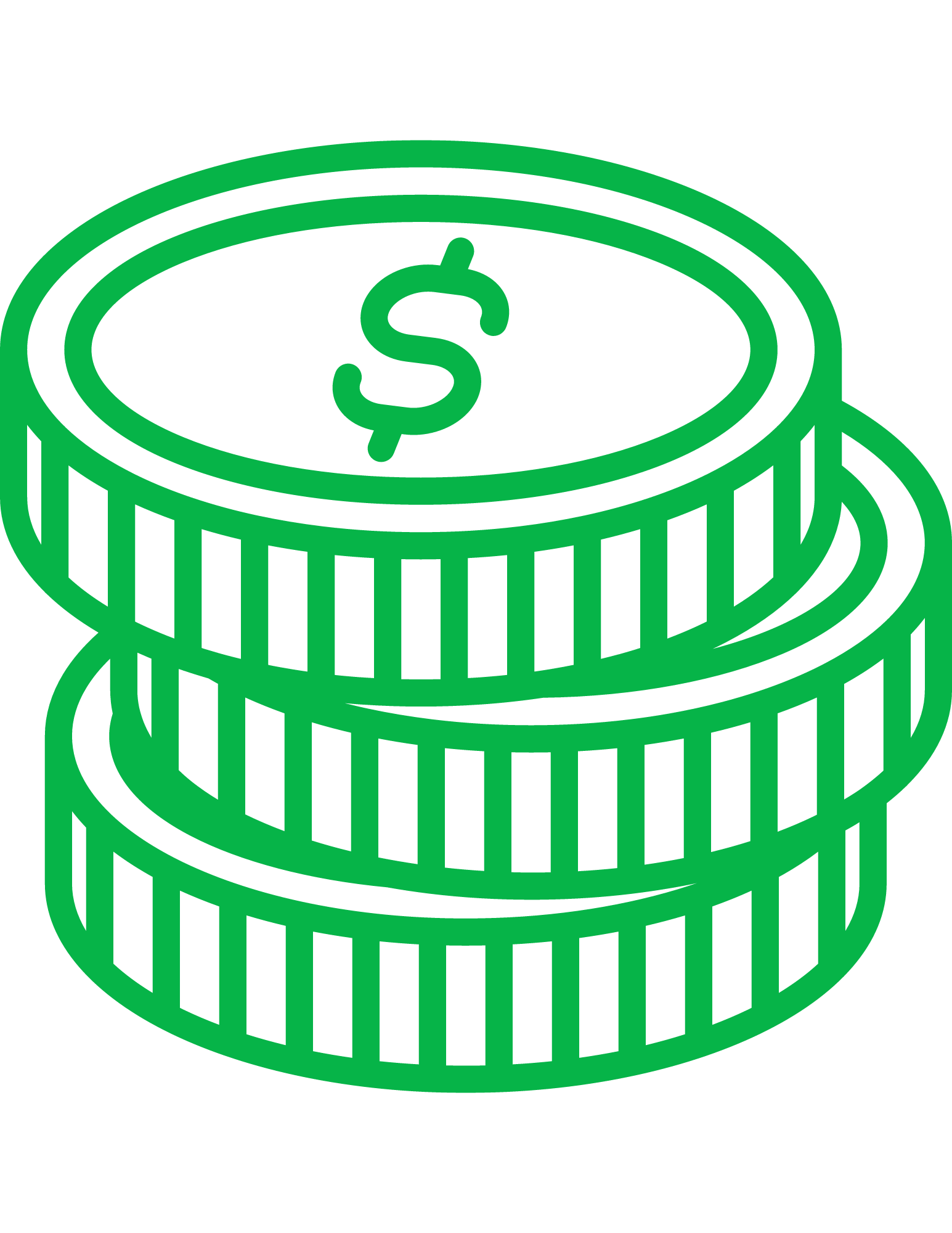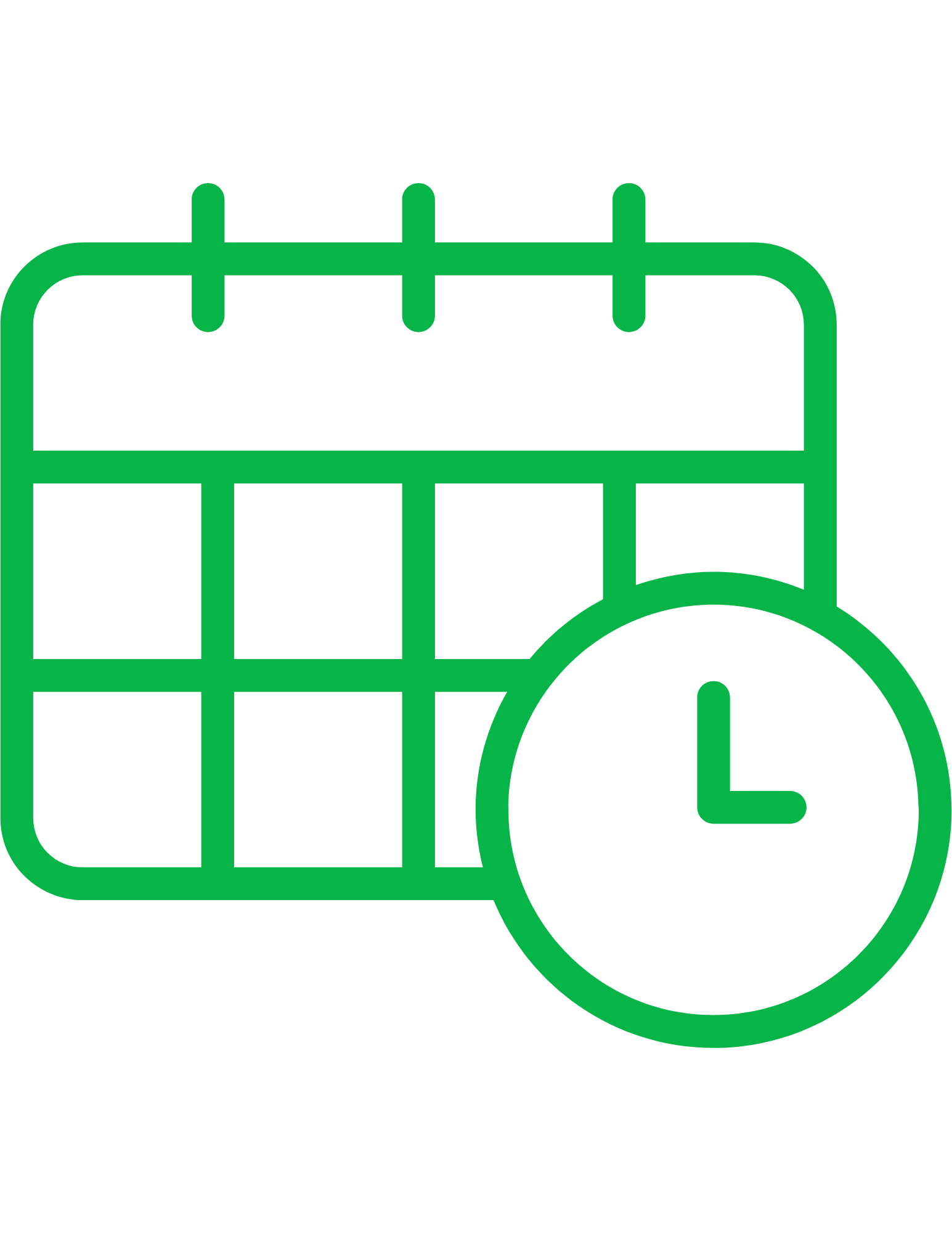EQUIPMENT FINANCING
What is Equipment Financing?
Equipment financing refers to a type of loan or financing arrangement that is specifically designed to help businesses acquire the necessary equipment or machinery for their operations. It allows businesses to obtain the equipment they need without having to pay the full purchase price upfront.
Equipment financing typically involves a lender providing funds to the business to purchase the equipment. The equipment itself serves as collateral for the loan, which means that if the borrower fails to repay the loan, the lender may seize the equipment to recover their investment. This collateral-based structure often makes equipment financing more accessible for businesses, even those with limited credit history or financial resources.
There are different types of equipment financing options available, including:
1.Equipment Loans: This type of financing involves a lump sum loan provided by a lender, which the borrower then uses to purchase the equipment. The borrower repays the loan, typically with interest, over a fixed term.
2.Equipment Leasing: With leasing, the business essentially rents the equipment from the lessor (the leasing company) for a specified period. The business makes regular lease payments for the equipment’s use but doesn’t own it. At the end of the lease term, there may be options to renew the lease, purchase the equipment, or return it.
3.Sale and Leaseback: In this arrangement, a business sells its existing equipment to a leasing company or lender and then leases the equipment back from them. This can provide the business with immediate cash while retaining the use of the equipment.
Equipment financing offers several advantages for businesses, including:
a) Preserves Cash Flow: Instead of paying the full cost of equipment upfront, businesses can spread the cost over time, allowing them to preserve their working capital for other operational expenses.
b) Enables Upgrades: Financing equipment makes it easier for businesses to stay technologically up-to-date by facilitating regular equipment upgrades or replacements.
c) Tax Benefits: In many jurisdictions, equipment financing can offer tax benefits, such as depreciation deductions or tax credits, which can help lower the overall cost of acquiring the equipment.
When considering equipment financing, businesses should evaluate factors such as interest rates, repayment terms, collateral requirements, and any associated fees. It is advisable to compare multiple financing options, assess the equipment’s expected lifespan and future needs, and consider the impact on cash flow and overall business financials. Consulting with financial advisors or equipment financing specialists can provide valuable guidance in choosing the most suitable equipment financing solution.
FAQs
Equipment financing is a specialized type of loan or financing arrangement aimed at helping businesses acquire necessary equipment or machinery without paying the full purchase price upfront.
Typically, a lender provides funds to the business to purchase the equipment, with the equipment itself serving as collateral. The borrower then repays the loan, often with interest, over a fixed term.
Equipment financing options include equipment loans, equipment leasing, and sale and leaseback arrangements.
- Preserves Cash Flow: Businesses can spread the cost of equipment over time, preserving working capital for other expenses.
- Enables Upgrades: It facilitates staying technologically up-to-date with regular equipment upgrades or replacements.
- Tax Benefits: Equipment financing can offer tax benefits such as depreciation deductions or tax credits, lowering the overall cost of acquisition.
Businesses should consider factors such as interest rates, repayment terms, collateral requirements, and associated fees. It’s important to assess the equipment’s expected lifespan, future needs, and impact on cash flow and overall financials. Consulting with financial advisors or equipment financing specialists can provide valuable guidance.
If the borrower defaults on the loan, the lender may seize the equipment, which serves as collateral, to recover their investment.
At the end of a lease term, businesses may have options to renew the lease, purchase the equipment, or return it to the lessor.
Sale and leaseback arrangements provide immediate cash while retaining the use of equipment, offering a solution for businesses needing a quick infusion of funds.
Equipment Financing

LOAN AMOUNT
$15,000

TIME TO FUND
1 Weeks

TERMS
3 - 5 Years

INTEREST RATE
As low as 7%

CREDIT SCORE
No Min. Score
